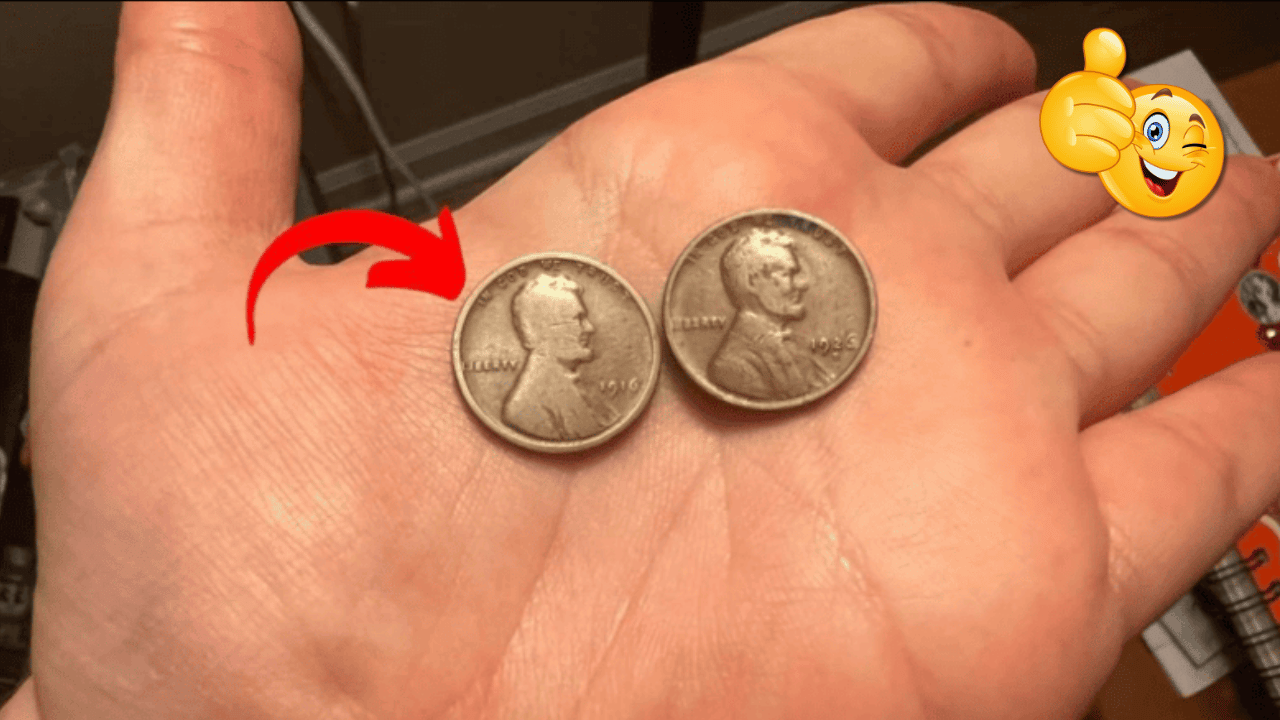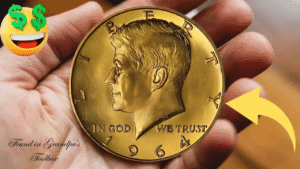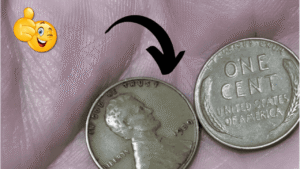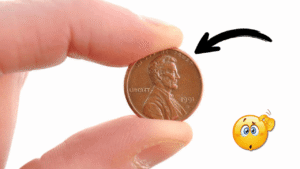Finding a valuable coin in your pocket change may seem like a long shot, but for a lucky few, it has turned into a million-dollar discovery. One such treasure is the 1943 Lincoln Wheat Penny—an ultra-rare coin accidentally minted in bronze during World War II. Valued at up to $1,000,000, this penny could still be floating around in circulation today, waiting to be uncovered.
Let’s explore why this coin is so valuable, how to identify it, and what steps to take if you think you’ve found one.
Why the 1943 Bronze Wheat Penny Is So Valuable
The U.S. Mint stopped using copper for pennies in 1943 due to wartime metal shortages. That year, nearly all pennies were struck in zinc-coated steel. However, a small number of copper (bronze) planchets—the coin blanks used in 1942—were accidentally left in the minting machines. These planchets were used to create what would become one of the most sought-after coins in American history.
Only a few dozen authentic 1943 bronze pennies are known to exist, and their rarity has driven prices to astronomical levels. One example from the Philadelphia Mint (no mint mark) sold for $1 million, depending on condition and certification.
How to Identify a 1943 Bronze Wheat Penny
Think you may have a hidden gem? Here’s what to look for:
| Feature | What to Look For |
|---|---|
| Date | 1943 |
| Color | Brown or copper (not silver-gray) |
| Magnet Test | Will not stick to a magnet (steel pennies will) |
| Weight | ~3.11 grams (bronze); steel ones weigh ~2.7 grams |
| Mint Mark | Look under the date: no mark = Philadelphia, “D” = Denver, “S” = San Francisco |
If your 1943 penny fits these criteria, it’s worth getting it authenticated by a professional grading service such as PCGS (Professional Coin Grading Service) or NGC (Numismatic Guaranty Corporation).
Could Rare Coins Still Be in Circulation?
Yes, and that’s the exciting part. These rare coins have been found in everyday places — from old coin jars to inherited collections. Since coins often change hands without inspection, it’s possible that some of these million-dollar pennies are still out there, hiding in plain sight.
What to Do If You Think You Have One
- Don’t clean the coin – Cleaning can damage it and reduce its value.
- Use a digital scale and magnet to test its authenticity.
- Contact a reputable coin dealer or grading service for evaluation.
- Get written authentication if confirmed – This is essential for selling or insuring it.
Other Valuable Wheat Pennies to Watch For
While the 1943 bronze penny is the star, other wheat pennies are also worth attention:
| Year | Description | Estimated Value (varies by condition) |
|---|---|---|
| 1909-S VDB | First year of issue, San Francisco mint | $700 – $3,000+ |
| 1914-D | Scarce Denver mint issue | $200 – $2,000+ |
| 1922 No D | Denver issue missing mint mark | $500 – $2,500+ |
| 1955 Doubled Die | Obvious doubling of date/text | $1,000 – $10,000+ |
If you have a collection of wheat pennies from 1909–1958, it’s worth sorting through them to identify high-value coins.
The 1943 bronze Lincoln Wheat Penny is more than just a rare minting error—it’s a historical artifact and potentially a life-changing find. As long as these coins are still turning up in circulation, there’s a real reason to check your change and old coin jars. Who knows? Your next penny might be worth a million.
FAQs
Why is the 1943 bronze penny so rare?
Because nearly all 1943 pennies were made of steel. A few were mistakenly struck using leftover bronze planchets from 1942, making them extremely rare.
How many 1943 bronze pennies exist?
Experts estimate fewer than 20 confirmed examples, making them highly collectible and valuable.
Is my copper-colored 1943 penny real?
It could be. Test it with a magnet, weigh it, and consider a professional evaluation.
Can I sell my rare coin online?
Yes, through reputable platforms or auction houses. But get it authenticated first.
Are wheat pennies from the 1950s valuable?
Most are common, but those in mint condition or with rare errors can be worth more than face value.



